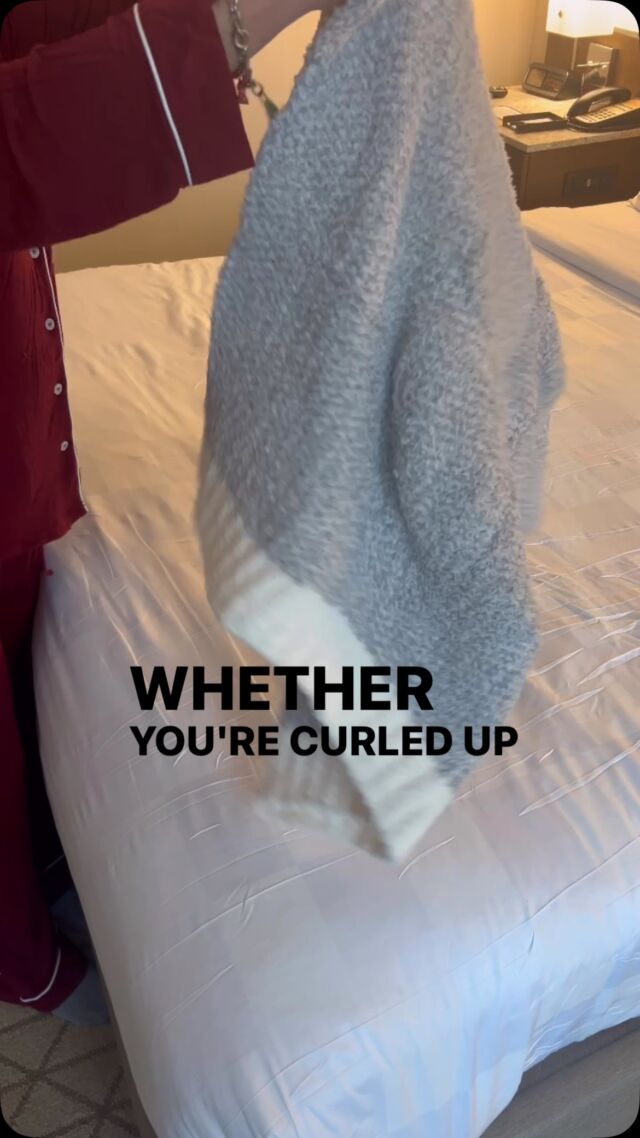Which do you do the most – walking or running? As insignificant as this question sounds, it is a determinant in selecting the right shoes for a specific activity. However, for some, it is a cross to bear as they have no idea of which one offers them the best value. As if this is not bad enough, the footwear industry has flooded the market with a vast variety of options to select, including those falling into categories, like brands, models, styles, materials, and colors. This act has left many shoppers flabbergasted, with many of them going for the wrong pair.
Can I use running footwear for walking activities? You may ask. Some would nod their heads in affirmation to this question, while others will disagree. Nonetheless, here is the truth. Manufacturers produce shoes for specific purposes. Hence, you can hike in a combat boot, but can’t wear the same pair to a ballet class – you would end up with a sprained ankle. In the same vein, a running shoe shouldn’t perform the purpose of a walking shoe, and vice-versa. We will explain in full detail below how to choose your running or walking sneakers.
Walking and Running Shoes – How Do I Choose?
At this point, you may be confused about knowing which shoe best fits your requirements. However, it all boils down to one thing – what you do the most. But before I delve into the nitty-gritty of this controversial subject, I will like to explain the biomechanics of both activities, starting with walking.
When you walk, you land on your heels first and graduate towards your toes. During this activity, there is an extra applied force, which is once or twice your body weight. And if you take note, you’ll discover that one of your feet stays on the ground steadily, distributing your weight across its entire span.
It is a different ball game when you run, as there is running gait. This time, your feet are off the ground and land either heel-first or ball-first. Surprisingly, the applied force is twice to thrice your weight, straining other parts of your body. For this reason, you need running footwear, an example being Nike shoes.
Application Over Aesthetics
A shoe may appeal to you but fail to meet your body requirements, especially when considering walking and running activities. Each item performs based on the anatomy of your movements. Interestingly, some stores provide shoppers with foot analyses, which will help me to make the right decision.
When scouting around for the perfect fit in the footwear section of a retail store, kindly ensure that you test the pair before making payments. Fashion is adorable – no doubt. However, your feet are of utmost priority. And you have to protect them at all costs. Avoid getting caught up in brands and labels, even though they count to an extent. You may come across your favorite store offering Nike shoes in a compelling way and for whopping prices. As much as you’d like to rock them, make sure they meet your requirements.
Setting Aside an Ideal Budget
Shoes come in varying brands, types, colors, sizes, and materials. Hence, they have different price tags. However, with $60 to $120, you can get an ideal running or walking pair for your needs.






